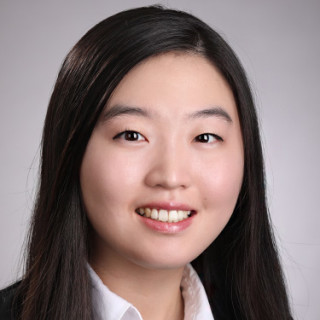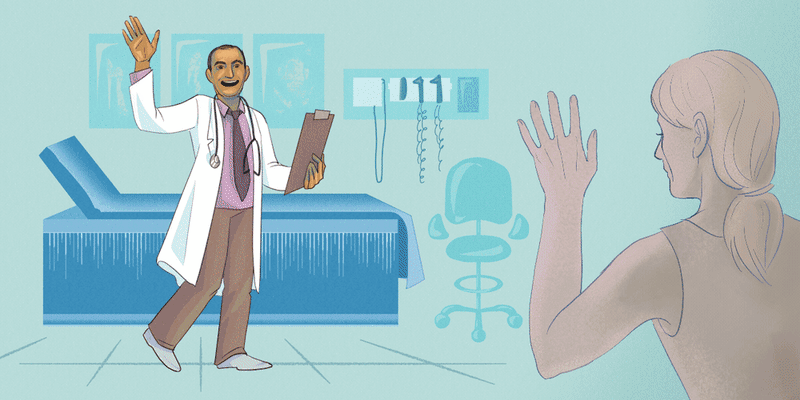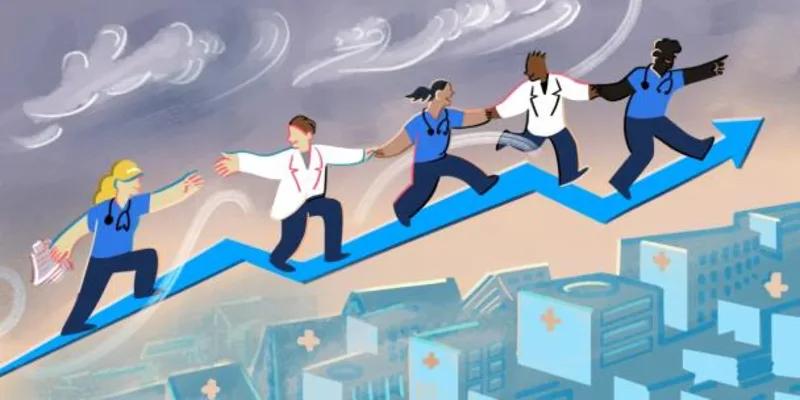 When I chose my college, the most important factor wasn’t fit or prestige. It was cost. I made the choice conscientiously because I knew my journey in medicine would be an expensive process. I wanted to minimize the cost of college and push off debt as long as possible.
When I chose my college, the most important factor wasn’t fit or prestige. It was cost. I made the choice conscientiously because I knew my journey in medicine would be an expensive process. I wanted to minimize the cost of college and push off debt as long as possible.
When I studied for the MCAT before applying to medical schools, I didn’t use online question banks or prep courses. I relied mostly on the knowledge I’d gained from my basic science courses and used hand-me-down test prep textbooks from upperclassmen who had already graduated. I applied to 15 schools, carefully selected and approved by my college pre-medical advisor. To save money on travel and lodgings, I took the Amtrak train and Megabuses for cross-state travel and slept on airport floors.
Once I had my medical school acceptances (and financial aid offers), I picked the second cheapest program (not the first, because I wanted to be closer to my family and significant other). But I was still floored by the ancillary costs of being a medical student. Thankfully, our stethoscope — a 3M Littmann Classic III Monitoring Stethoscope — was gifted by the school’s alumni as part of our white coat ceremony. Inexplicably, our school administrators told us that we also had to own an ophthalmoscope and otoscope, which we would only use for a single day in our Practice of Medicine course. A friend and I (neither of us intending a career in ophthalmology) bought the flimsiest and cheapest ophthalmoscope/otoscope set from a Chinese supplier for $180 and unloaded the item to the next year’s class as soon as we could.
Then, there were the costs of the exams and the costs to prepare for the all-important Step exams during the pre-clinical years. Purchasing the Step 1 question bank from UWorld, arguably the gold standard for test prep when I was a second-year medical student, cost $399 for 180 days. And there were other “gold standard” test prep material during my first and second years of medical school, including a subscription for Pathoma, which provided online review material and a color book elucidating the pathologies for pre-clinical years ($119.95 for 21 months); subscriptions to SketchyMedical to help memorize common pathogenic bacteria and drugs ($159.99/year for the pharmacology section and $159.99/year for the microbiology section); and, of course, the bible of the pre-clerkship curriculum, the First Aid to the Step 1 ($55).
When I last saw the list of testing fees for 2019, Step 1 and 2 Clinical Knowledge cost $630, and the Step 2 Clinical Skills cost $1,290 (and the latter doesn’t cover the cost of traveling to one of the five test centers scattered throughout the country). Further, the available NBME Self Assessment exams to prepare for shelf exams bleed bank accounts in $20 increments.
During medical school, I took positions as a teaching and research assistant to help pay for some of these resources. And fortunately, after a year of clerkships, I didn’t need to go on any away rotations — but I was far from in the clear because then the residency application costs came calling.
I applied to about 20 preliminary programs and 60 advanced positions for a competitive specialty. I shelled out $1,471 on the application alone. I had saved some money by limiting my preliminary program interview travel to the Bay Area, but for my competitive advanced position interviews, I went wherever I was called. I anticipate that by my last interview, I will have spent no less than $6,000 on interview attire, travel, lodging, and food.
And even when an applicant gets into medical school, training for the medical profession is not geared for the have-nots. There will continue to be resources and opportunities that are more abundantly available for people with the money. Some physicians have told me that ultimately, these costs are but a drop in the bucket compared to the money that I will likely make as a practicing physician, but I wonder whether these individuals have ever had to worry about the balance of their bank accounts or coming up with the cash in the first place.
It makes you wonder. If the various medical specialties and societies are serious about their desire to diversify by bringing more physicians from underserved and underrepresented backgrounds, then the process to facilitate the pipeline also needs to focus on the needs of economically underserved students.
Yoo Jung Kim is a medical student at Stanford University and the author of "What Every Science Student Should Know" (University of Chicago Press). Her articles have appeared in the Washington Post, Nature, The Mercury News, The Seattle Times, and KevinMD. She serves as a member of the Student Advisory Council at ScholarRx and a Digital Native Advisor at the Kaiser Permanente School of Medicine. She is a 2019–2020 Doximity Fellow.
Illustration Collage by Jennifer Bogartz / Getty Images







